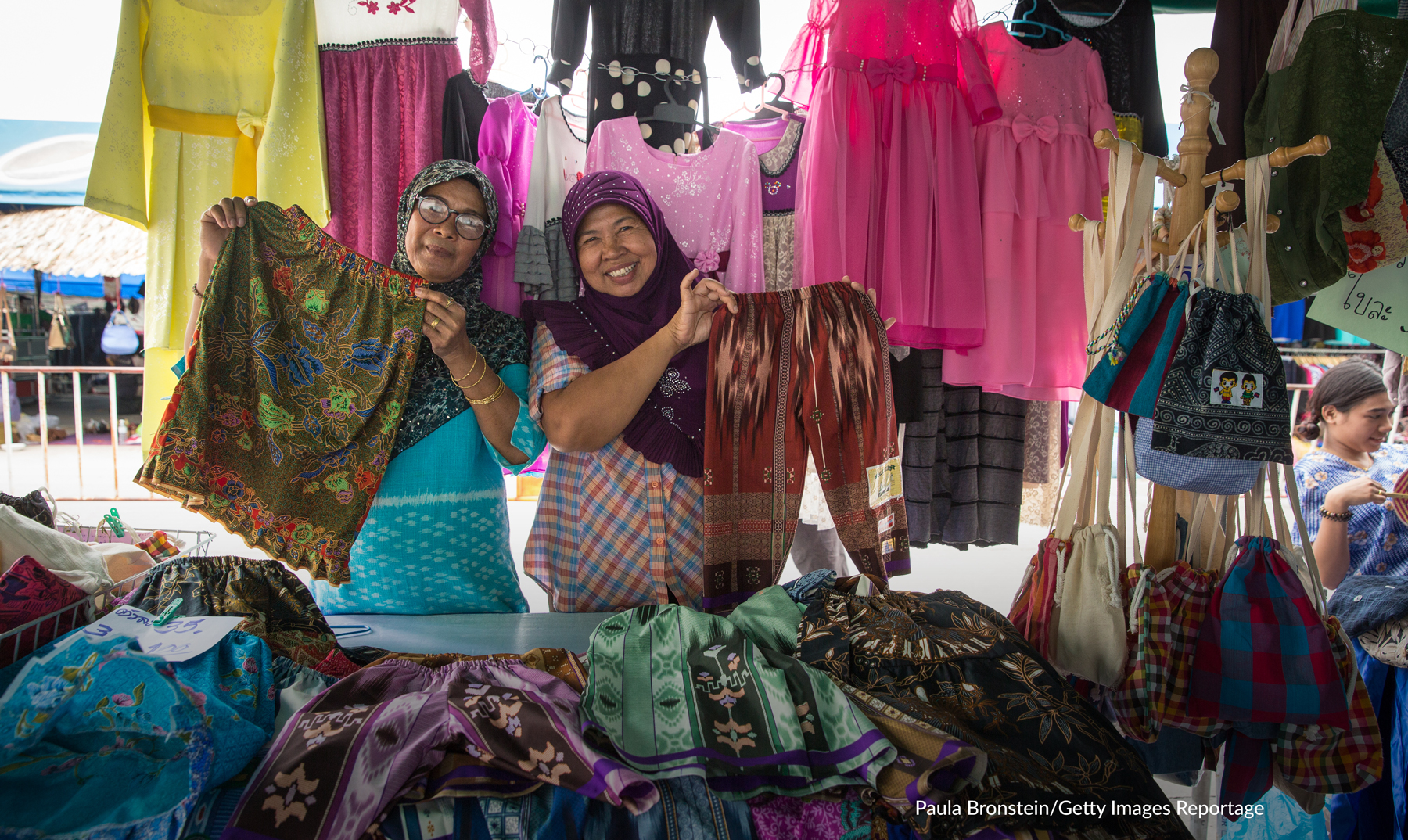 Produced by Women Deliver
October 19, 2016
Produced by Women Deliver
October 19, 2016
 When we think about increasing access to education, we typically envision getting more students in schoolhouse seats. But as last week’s virtual conversation taught us, if we really want to reach the girls and women of the world, we must think beyond the classroom.
When we think about increasing access to education, we typically envision getting more students in schoolhouse seats. But as last week’s virtual conversation taught us, if we really want to reach the girls and women of the world, we must think beyond the classroom.
We spoke to Mary Lou Forward, the Executive Director of Open Education Consortium about a tool that allows educators and students around the world to access high-quality, open source educational materials at no cost.
So why should we look to open education?
The world has become increasingly digital. The rapid growth of the Internet has created unprecedented opportunities for access to information and the sharing of knowledge and ideas. Yet most educational systems have not yet taken full advantage of the positive impacts this can provide. Open Education can provide learners and educators with easier, cheaper, and faster access to resources and materials, such as books, articles, research data, videos, simulations, and courses.
I see how it makes sense for users, but what about teachers? Won’t this put them out of a job?
On the contrary. Open education makes teachers more valuable. The licenses for educational materials allow for legal reuse, modification, and sharing. Teachers can personalize education by matching materials to students’ understanding and interests, increase collaboration, provide support for self study and competency-based learning. There are already tens of thousands of open educational resources, authored and used by faculty from leading institutions around the world, available to everyone, whether to support learning in an online or in-person course, or enhancing understanding for work or personal development.

Who is taking advantage of your platform?
MIT (Massachusetts Institute of Technology) really kicked it off in the early 2000s with their MIT OpenCourseWare system. Anyone in the world can learn from the very same material that MIT students use in their classes. Since then, we’ve witnessed an “ah-ha moment” from educators who didn’t want a siloed system. Now open education is gaining momentum. The United States and Slovakian governments have formalized commitments to make their education systems more open and affordable with the recognition of “textbook-free degrees.” Japan and Korea jumped on early, institutions in Mexico, Costa Rica, and Brazil have been successful, and more African nations are starting to embrace it as well. National Open University of Nigeria, the first Federal Open and Distance Learning institution in the West African, recently made a public pledge to put all their material online.
 But Japan and Nigeria are very different countries. Beyond the hard sciences like math and physics, is open coursework useful?
But Japan and Nigeria are very different countries. Beyond the hard sciences like math and physics, is open coursework useful?
The beauty of open education is that it is adaptable and collaborative. A Ugandan textbook shouldn’t cite western ecosystems. The theories are the same but the examples should be different. We see all the time professors putting together courses based on regional setting, laws, and customs.
We know that the availability of digital technology is rapidly spreading – more people have access to mobile phones than toilets. But 4 billion people still do not have access to the internet. Is open education even a possibility for them?
True, there are plenty of places without reliable internet, so we’ve been exploring ways to get around that. The Open Learning Exchange out of Boston developed one such solution. Rather than tapping into the online courses, they fill an external hard drive with all of the resources, set up a local server in remote location, and people can use their handheld devices to access it. The digital divide is turning into an access divide and we need to tackle the inequality. I’m optimistic though. Even the prevalence of social media lends itself to informal collaborative education. People are more used to seeking out information themselves and getting involved in a feedback loop.
Women Deliver is excited about the promise of open education to reach girls and women who – for any number of reasons – are learning on a different track. You can browse Open Education Consortium’s more than 50,000 courses at http://www.oeconsortium.org/courses/.
Learn more about Women Deliver's focus on education here.
Photo courtesy of: Paula Bronstein/Getty Images Reportage


